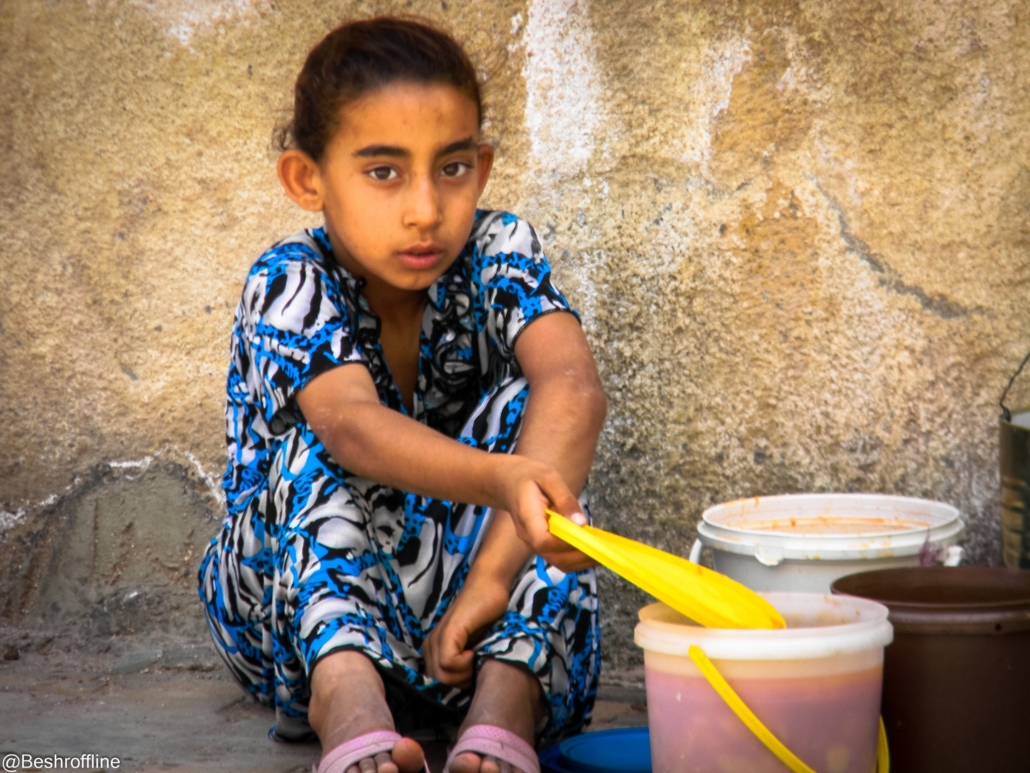10 Facts About Poverty in Syria

With a population of 18.4 million people, Syria ranked as a rapidly developing mid-sized country before the Syrian civil war broke out. Today, 11.7 million Syrian people have experienced displacement from their homes. Schools, health care facilities and small businesses have suffered greatly. As a result, the Syrian economy has collapsed, placing more than half of Syrian people in poverty. Children are at an especially high risk of poverty and displacement. The war has a stranglehold on the Syrian economy. It has caused significant damage to the country’s infrastructure and wreaked havoc on the lives of civilians. However, global aid has significantly improved Syrian peoples’ educational and employment opportunities, as well as access to food, water, shelter and health care. Here are 10 facts about poverty in Syria.
10 Facts About Poverty in Syria
- Before the Syrian civil war, the Syrian economy was flourishing. In 2010, right before the start of the Syrian civil war, the World Bank listed Syria as a rapidly-growing middle-income country. In addition, farming, oil, industry and tourism formed the major economic base. Meanwhile, primary and secondary education and health care received state funding. Until 2011, nearly 80 percent of the Syrian economy relied upon small to medium-sized businesses. In 2010, the GDP per capita in Syria was $2,807. Today, the GDP per capita is a mere $870.
- Today, the majority of Syrian people live in poverty. Over 80 percent of people in Syria live below the world poverty line, which means that they make less than $1 per day. The economic impact of ongoing conflict has resulted in an unemployment rate of 55 percent or more.
- Corruption is prevalent in Syria. Syria ranks fourth on the list of countries with the most corruption in the world. High paying jobs concentrate in Damascus, the country’s capital. It is hard to get a job in the capital without “wasta.” “Wasta” is an Arabic word that translates to “nepotism” or “clout.”
- The Syrian civil war interferes with education. The U.N. confirmed 74 strikes on schools and military use of 24 schools from January to June 2019. As a result, fighting has damaged many schools or bombs have demolished them. More than 33 percent of Syria’s children – over 2 million – do not go to school. Around 1.3 million children are at a high chance of withdrawing from school. UNICEF is working to provide education to Syrian children. The organization repairs damaged school buildings, provides at-home learning programs to students in districts where there are no schools and administers teacher-training programs.
- The Syrian civil war has impeded health care. Bombing damaged or destroyed many medical facilities. In northwest Syria, 51 medical facilities suffered attacks between January and June 2019. Fifty percent of all health care centers in Syria are only partly operational or are not operating at all. In light of this, many foundations are working in Syria to provide health care. For example, Doctors Without Borders is currently working in Syria, providing outpatient care, assisting with births and administering routine vaccinations.
- There is extreme wealth inequality in Syria. Before 2011, Syrian small businesses thrived. However, many shut down in the past decade. A few big business owners have established a monopoly over approximately 75 percent of the economy, though the average Syrian person lives in poverty
- Inflation has greatly affected the Syrian population. Syrian currency has depreciated greatly in recent years. The value of the Syrian pound has gone down over 90 percent since 2010. Prices have greatly increased, but salaries have stagnated and jobs are much harder to come by.
- Women and children suffer the damages of war. Children must often engage in child labor or marriage, or join the fighting to help their families survive. Additionally, over 60 percent of Syrian refugees are children. Syrian women are at high risk of enduring sexual violence.
- Many Syrians flee the country. There are 3.6 million Syrian refugees in Turkey, a neighboring country. In Lebanon, around 70 percent of Syrian people live below the poverty line. In Jordan, around 93 percent of Syrian refugees live below the poverty line. Living conditions for Syrian refugees are difficult, but perhaps preferable to the crisis of living in the midst of a civil war.
- Foreign aid is helping Syrian citizens. International relief organizations like the IRC, UNICEF and Worldvision provide significant aid to Syria. Currently, the IRC provides support to nearly 1 million people—half of them children. Support includes pop-up health clinics, cash vouchers to obtain food and necessities, child care, job training and psychosocial support for traumatized people. This is often for survivors of violence or sexual assault.
These 10 facts about poverty in Syria show that the current situation in Syria is bleak, as poverty and displacement affect nearly the entire population. However, foreign policy and intervention can help end the war. Additionally, foreign aid can support education, health care and small businesses. Ideally, Syria will stabilize in the years to come.
– Elise Ghitman
Photo: Flickr
